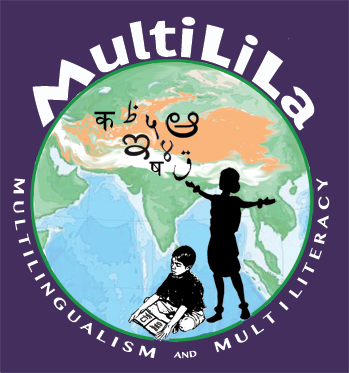Reading for comprehension in primary school children in India: A teacher training programme
Lina Mukhopadhyay, Ianthi Maria Tsimpli, Vrishali K. Patil, Sankrithi Loganathan, Sabbah Qamri, Mandira Rajan Ravindran, Anusha Balasubramanian and Margreet Vogelzang
British Council 2025.
https://doi.org/10.57884/C5SM-TD20
Abstract
Indian classrooms are always multilingual, yet students’ language skills are not fully used to help learning. In many English medium schools (EMI), there is a gap between the language used in class and the learners’ home languages due to an English-only approach. The MultiLiLa project (2016–2020) showed that children from low socioeconomic backgrounds face academic challenges when their home languages are not used at school. It recommended that teachers be trained in multilingual methods. Lightfoot et al. (2022) found that translanguaging, where more than one language is used in the classroom, can support learning English as a second language.
In this project, teachers in Hyderabad, Telangana, India, were trained to use multilingual techniques with translanguaging strategies to improve reading skills in grade five. Fourteen teachers from ten government primary schools took part in the programme. They learned to design lesson plans that integrate both English and the students’ home languages. The new lesson plans focused on building reading comprehension and vocabulary for subjects such as English and environmental science.
To see how the training worked in practice, the teachers were observed during two rounds of classroom teaching. Researchers used the MultiLiLa classroom observation tool, field notes, call logs, and semi-structured interviews to record what happened in the classes. They found that the teachers could successfully combine translanguaging strategies to help students understand new words and text ideas. The teachers used various cue questions to support students in making connections between the text and their own background knowledge.
At the same time, many teachers mentioned that planning and implementing these lesson plans was challenging. They also found it difficult to express the specific problems they encountered when teaching reading comprehension in a focused way. Overall, the project shows that using translanguaging in classrooms can promote inclusivity, equity, and social justice by valuing the home languages and experiences of learners.


